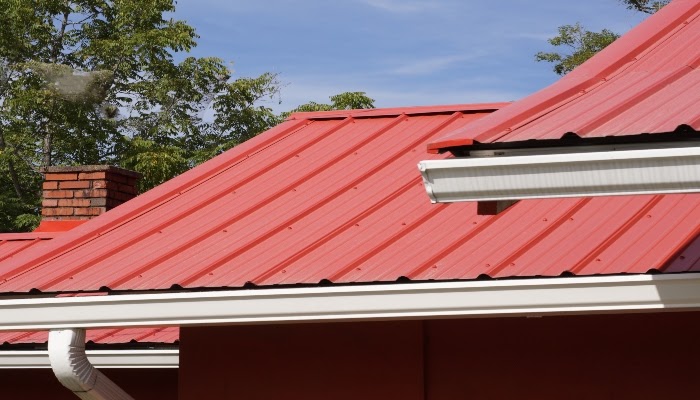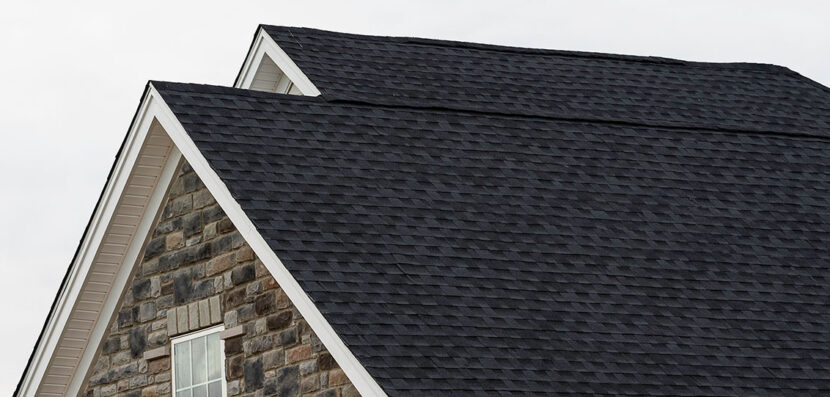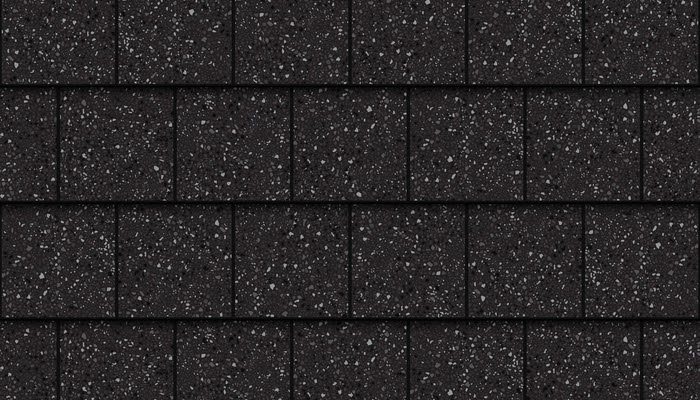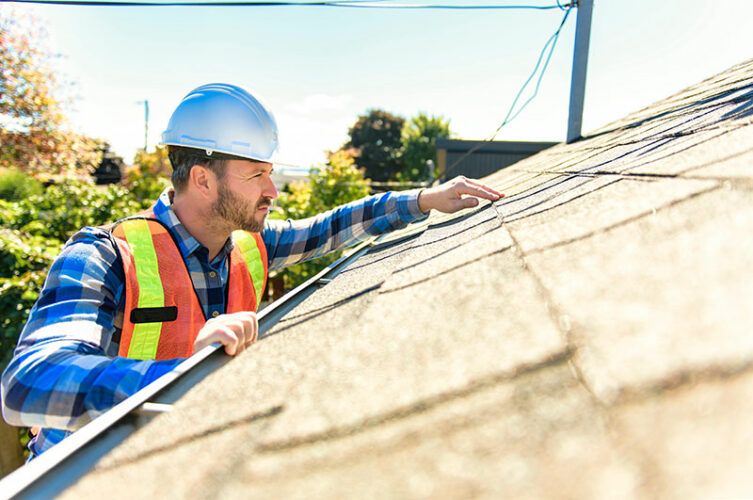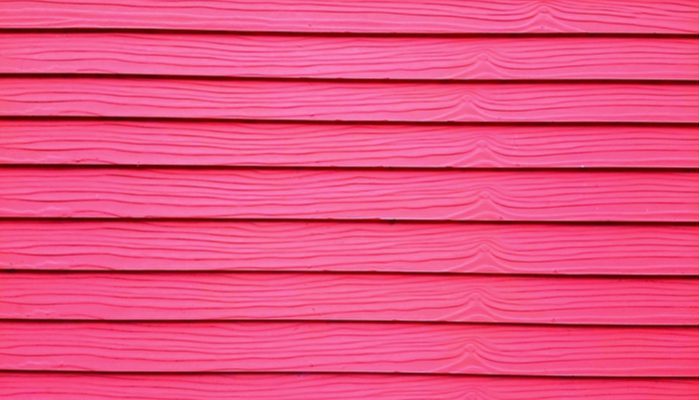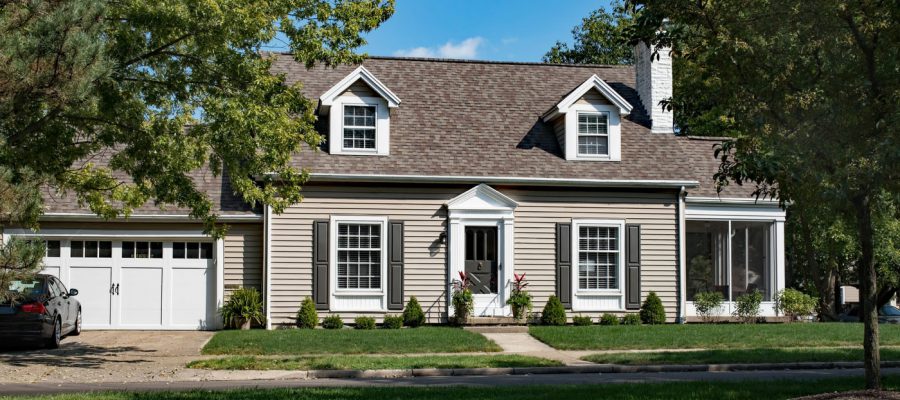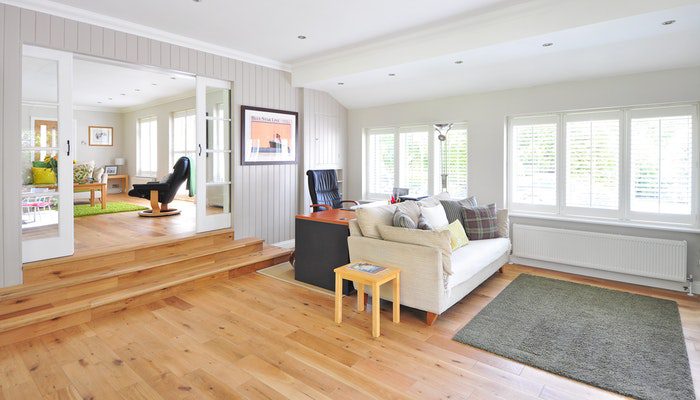Roof Flashing Installation Guide
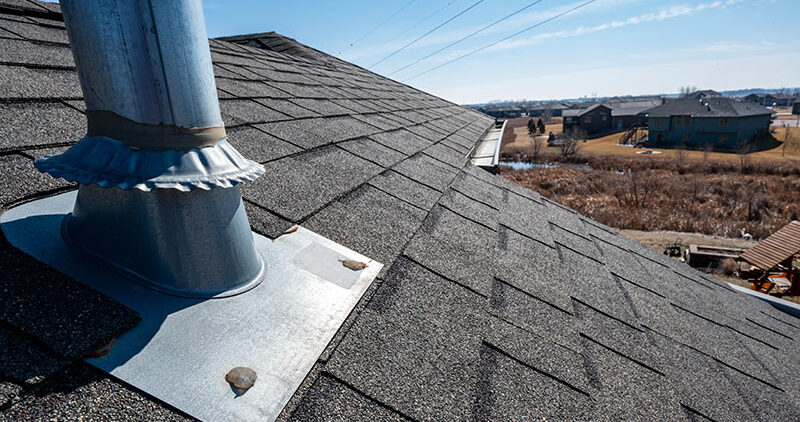
Water is one of Mother Nature’s most powerful weapons. Ignore it, and it will obliterate your entire roof. That damage can quickly transform into incalculable losses to your foundation. Heavy showers can ultimately ruin your home’s interior features, so pooling needs to be avoided at all costs. Roof flashing can spell the difference between a benign shower and an expensive leak. By guiding rainfall away from your roof valley, wall, and chimney, it prevents toxic mold, sagging ceilings, and other forms of storm damage.
Despite its importance, flashing isn’t always installed with every roof replacement. When it is, it’s frequently placed over shingles instead of beneath them, compromising your entire roof’s integrity. Despite its importance, flashing is one of the most cost-effective parts of your roof, so your new installation shouldn’t cause much budgeting mayhem. Let’s take a closer look at the elements you need to look at before a new roof flashing installation.
Signs That Your Flashing Needs Attention
Compromised roof flashing reveals itself through the classic signs of water damage:
- Moisture stains and a humid, musty scent around your chimney
- Blisters and peeling exterior paint
- Attic leaks
- A sagging roof deck
- Curled or cracked shingles along your roof’s intersection
- Darkening around your roof valleys, skylights, and dormer walls.
Prevention is always better than cure, so you should also assess the condition of your existing flashing. You need a repair or new installation if your flashing:
- has small holes
- shows signs of rust
- has missing, peeling, or loose pieces
- causes interior leaks near your windows, attic, and fireplace
- is cracked or dented
- causes mold or stains on your fascia boards
Choosing Materials
Flashing preserves your roof and the rest of your architectural investment, so it’s best to choose the best quality you can afford. Aluminum flashing is popular because it’s light, cheap, and easy to install, but its low price comes at a cost. It degrades easily in coastal areas and doesn’t have the incomparable elegance of copper. The latter is a malleable material with excellent durability.
Steel balances copper’s aesthetic value and aluminum’s cost-effectiveness. When galvanized, it resists rust and is surprisingly easy to install. Most building codes insist on at least 26-gauge steel, which can be strengthened with watertight bitumen roofing tape.
Your flashing sealant is almost as important as your material. Liquid rubber is both cost-effective and flexible, so it can handle even the toughest temperature fluctuations without breaking the bank. Tape is easy and inexpensive to install, but if you have a flat metal roof, you’ll need a more robust sealant.
Choosing Your Flashing Technique
Roof flashing installation is as much a strategy as it is a skill. There are three core installation options that affect your results:
- Step flashing guards the seams between your wall and roof face. This prevents water from finding its way beyond your shingles by directing it away from your wall and towards your gutter. If you’re replacing old flashing, your roofing company will need to remove your siding before performing your installation, so it’s the most time-consuming option on the market. Step flashing can include kick out flashing on roofs that lack corner connections.
- Counter-flashing is a popular option for protecting chimneys. It uses two different kinds of flashing: A base material is installed at the bottom of your chimney, while counter-flashing is installed directly into the chimney masonry. If you’re placing counterflashing onto an existing property, your roofer will probably need to cut into your masonry.
- Vent flashing is installed around your plumbing vents to guide water around them. It’s a practical alternative to counterflashing, particularly if you have budget constraints.
Roofing Valleys for Architectural Shingles
Open roof valleys are notorious for their short lifespans, so metal flashing is the key to their longevity. It can guide runoff away from your roof valley and into an adjacent slope. There are several flashing options here. Crimped flashing can guide runoff away from the valley in the form of a cross-wash.
Alternatively, uncrimped flashing might be the best style choice for your home, but it tends to trap debris, so it demands plenty of maintenance. Creative roofers can balance functionality and aesthetics through a huge range of installation options, so you needn’t restrict yourself.
The Importance of a Solutions-Focused Roofing Team
While there are certainly a few guiding principles for roof flashing, a skilled roofer can stretch your options further than you might think. Creativity and lateral thinking are the secrets to a successful project.
Simple details like seam overlaps, installation techniques, and clever layering can solve problems that standard flashing options can’t. In roofing, every problem has a solution provided you have a skilled team to open up your options.
Need help with a roofing project? Click here for a free estimate from 1-800-HANSONS.
Get a Free Estimate Today
50% off installation. Special financing available. See details.

